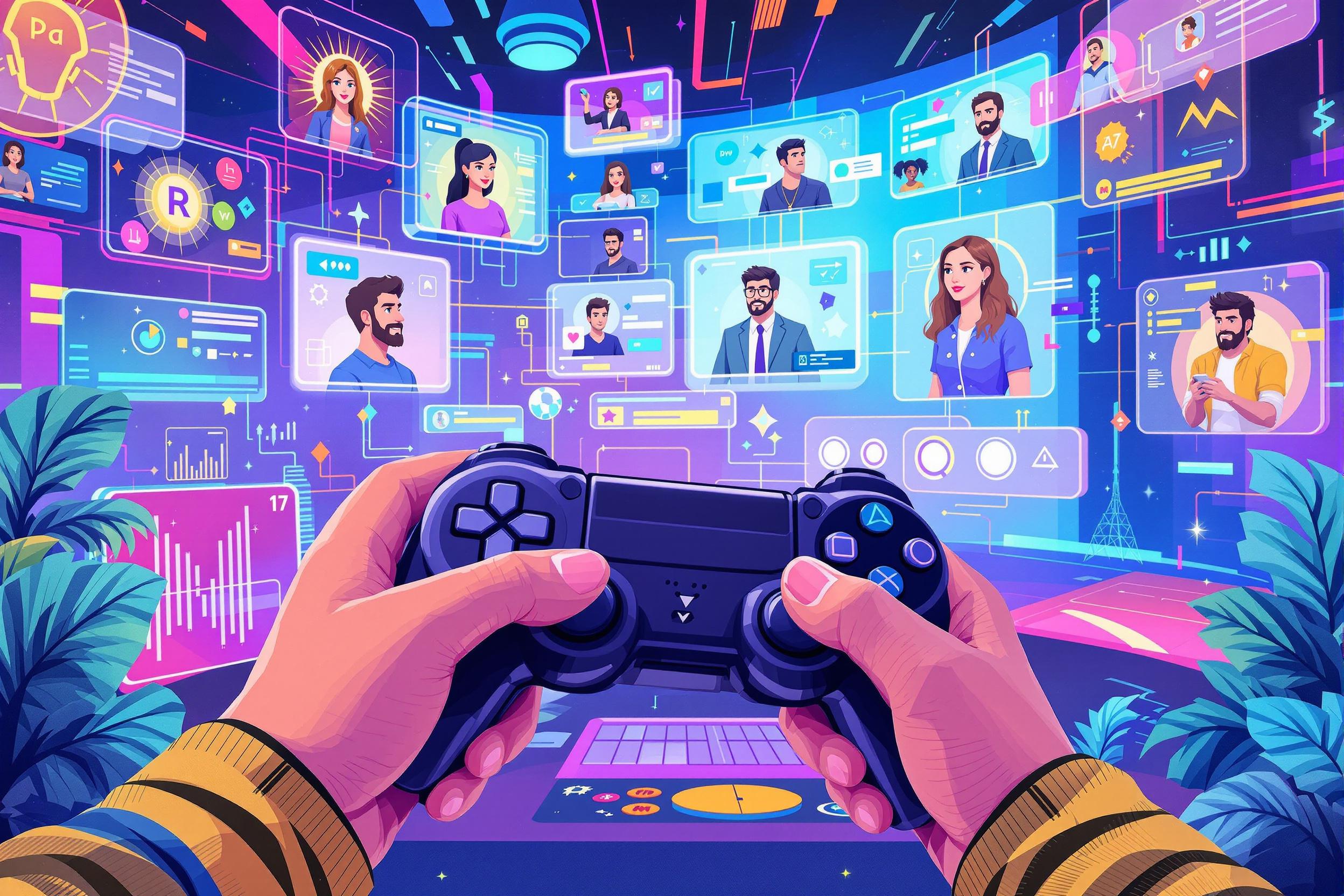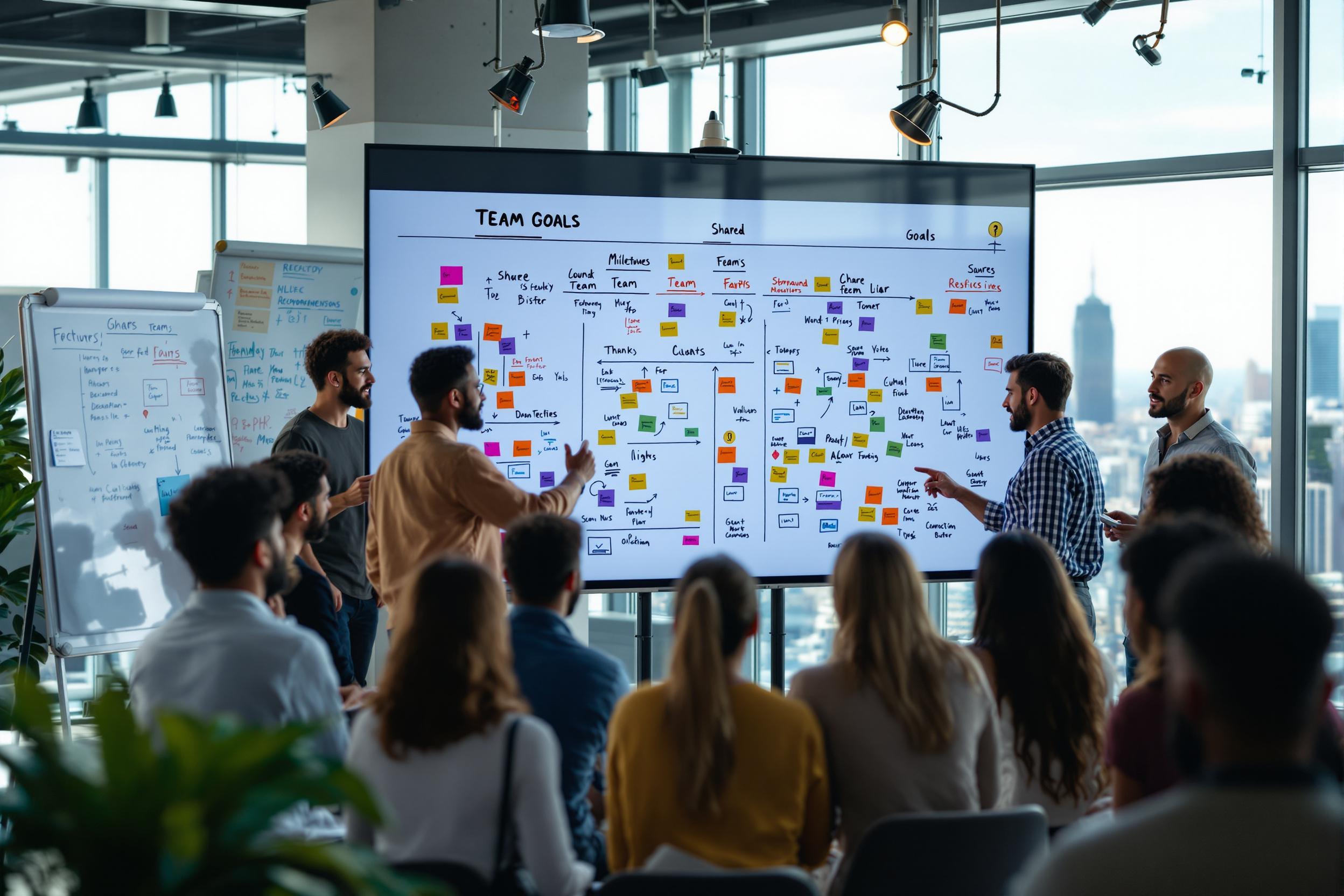
Gamification
Gamification is a training approach that adds game-like elements to learning and work activities to make them more engaging and motivating. It's like turning regular training into something that feels more like a game, with features such as points, badges, leaderboards, and rewards. Companies use gamification to make employee training more interesting, track progress, and encourage participation. Similar approaches include "game-based learning" or "engagement design." This method helps improve how well people learn and retain information, while also making the whole process more enjoyable.
Examples in Resumes
Designed Gamification strategy that increased employee training completion rates by 85%
Implemented Gamification elements in customer service training programs
Created Gamified learning modules for new hire onboarding
Led development of Gamification framework for sales team motivation
Typical job title: "Gamification Designers"
Also try searching for:
Where to Find Gamification Designers
Professional Networks
Online Communities
Events & Conferences
Example Interview Questions
Senior Level Questions
Q: How do you measure the success of a gamification program?
Expected Answer: Should discuss various metrics like participation rates, completion rates, user engagement levels, knowledge retention, and ROI. Should mention both quantitative and qualitative measurement methods.
Q: Describe a challenging gamification project you led and how you overcame any resistance to change.
Expected Answer: Should demonstrate experience in change management, stakeholder communication, and ability to prove the value of gamification through pilot programs or case studies.
Mid Level Questions
Q: What elements of gamification do you find most effective for different types of training?
Expected Answer: Should explain how different game elements (points, badges, challenges) work better for different learning objectives and audience types.
Q: How do you balance fun and learning in a gamified program?
Expected Answer: Should discuss methods of keeping engagement high while ensuring learning objectives are met, with examples of successful implementations.
Junior Level Questions
Q: What are the basic elements of gamification?
Expected Answer: Should be able to explain core concepts like points, badges, leaderboards, and rewards systems in simple terms.
Q: How do you determine if gamification is appropriate for a specific training need?
Expected Answer: Should demonstrate understanding of when gamification adds value and when traditional methods might be more appropriate.
Experience Level Indicators
Junior (0-2 years)
- Basic game mechanics implementation
- Simple reward systems design
- Understanding of learning principles
- Basic training content creation
Mid (2-5 years)
- Complex engagement strategy design
- Learning management system integration
- Program effectiveness measurement
- Stakeholder management
Senior (5+ years)
- Strategic program development
- ROI analysis and reporting
- Change management
- Cross-functional team leadership
Red Flags to Watch For
- No understanding of basic learning principles
- Focus only on games without connection to learning objectives
- Inability to measure program effectiveness
- No experience with adult learning theory
- Lack of project management skills
Related Terms
Need more hiring wisdom? Check these out...

Level Up Your Hiring Game: How Gamification is Revolutionizing Talent Acquisition

How Internal Gig Marketplaces Revolutionize Employee Development

How Collaborative Goal Setting Transforms Team Culture

